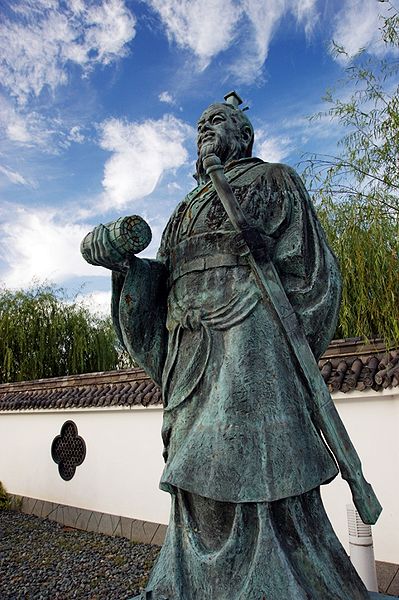Note: This entry was based on Samuel B. Griffith’s translation of The Art of War, specifically The New Illustrated Edition (Copyright Duncan Baird Publishers 2005). All quotations are Griffith’s translations.
Part 1: Estimates, Waging War, and Offensive Strategy
Introduction
Sun Tzu’s The Art of War was written approximately 500 years before the common era. Despite its age, the work still has relevance to modern warfare. And, as it turns out, game development. At the risk of sounding melodramatic, there are parallels between those two fields. Both are expensive and prolonged endeavors. Both involve the coordination of large, segmented groups of people and diverse talents toward a common goal. Both feature frequent examples of a disconnect between the perspective of those at the top of the organization and the experience of those dealing with day to day operations. And both are largely concerned with managing risk.
The Art of War is divided into thirteen chapters, on subjects ranging from estimates to espionage. I will be exploring groups of chapters over a series of entries. It is possible that nothing in these posts will be a blinding flash of revelation, nor will anything in Sun Tzu’s writings alter the course of the industry. I would only suggest that there is something for the modern game director, producer, or publisher to gain from thinking about Sun Tzu’s philosophy about combat, and how one could apply it to business.

